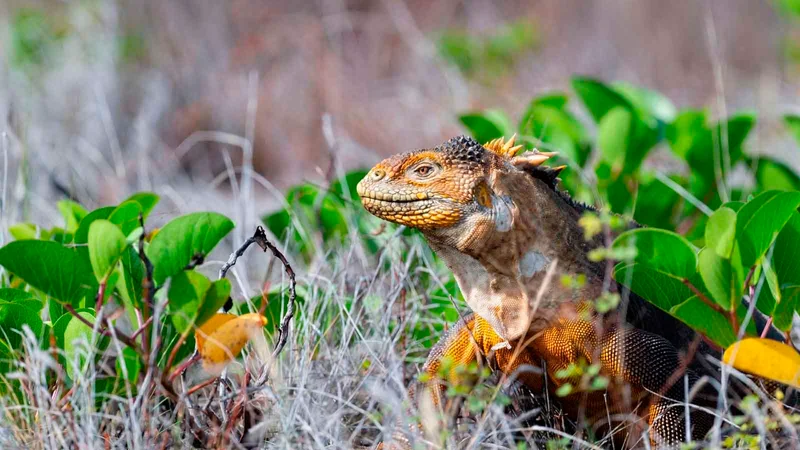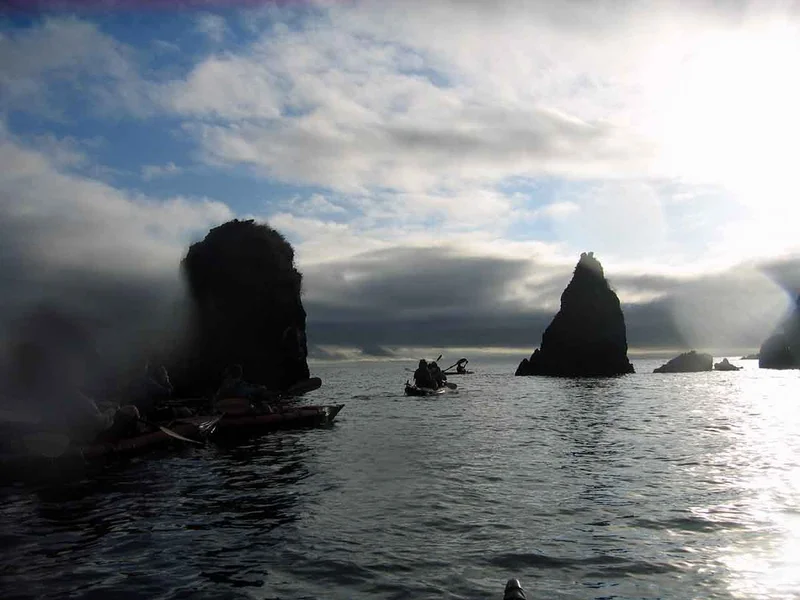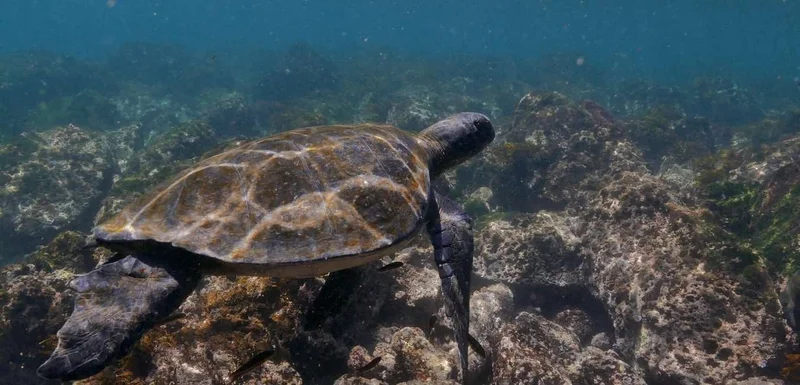
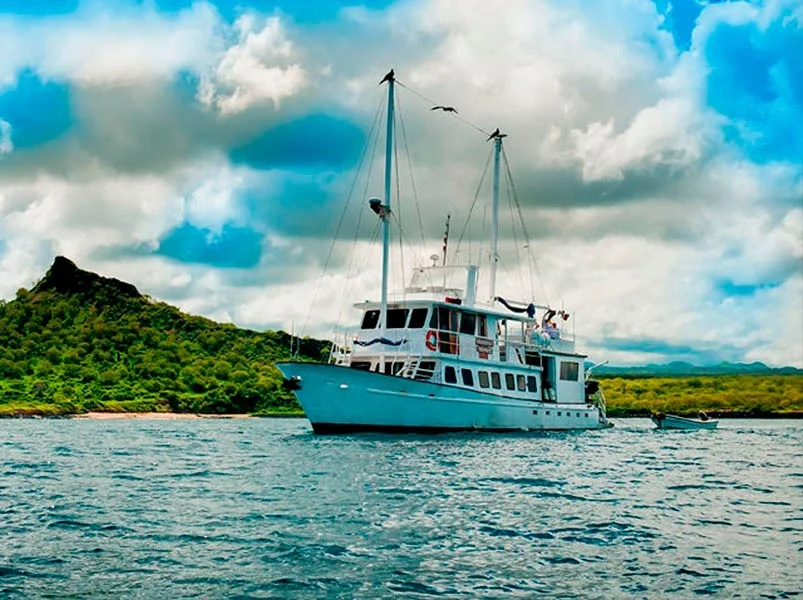
The 8-day Galapagos itinerary offers a comprehensive journey across the archipelago, featuring iconic wildlife, stunning landscapes, and immersive snorkeling opportunities. Highlights include the nesting sites of blue-footed boobies, snorkeling at Devil’s Crown, hiking Bartolome’s volcanic summit, and encountering giant tortoises at the Charles Darwin Research Station.
8 Day Galapagos Itinerary
Day 1: Baltra Island & Santa Cruz Island: Bachas Beach
Depart from Guayaquil to Galápagos (1½ hours of flight time). Baltra Island. – This island was a strategic point during the Depart from Guayaquil to Galápagos (1½ hours of flight time). Baltra Island. – This island was a strategic point during the Second World War. It is the main airport for the Galapagos Islands where tourists and colonists arrive and depart. At the Arrival at Baltra Airport, our naturalist English speaking guide will assists you. Transfer by bus to the dock (5 mins.) to board the yacht. Welcome and briefing.
Bachas Beach.- After lunch, disembark (wet landing) in the Bachas Beach, located in the north shore of Santa cruz, this is one of the main nesting sites of sea turtles and the crystal waters invite you to relax and swim. Return to the yacht. Dinner and briefing for next day.
Day 2: Genovesa Island: El Barranco & Darwin Bay
This is one of the most important islands because of the number of colonies of birds found here, that is the reason why it is called the Bird Island. The boat excursion to Genovesa is a little long but very worthwhile, because many different natural attractions are seen.
El Barranco.- Also known as Prince Phillip’s Steps, El Barranco’s steep, rocky paths lead up to a high cliff-face. A marvelous view can be appreciated from here. This site is also home to Palo Santo vegetation as well as Red-footed Boobies, Short-eared Lava Owls, Galapagos Swallows storm-petrels and Galapagos Doves. Hiking: 2km., dry landing. Lunch on board.
Darwin Bay.- This enormous bay dominates the island and like the Prince Philip’s Steps, this site is the home of large colonies of frigate birds and a wide variety of seabirds. Briefing and dinner on board.
Day 3: Bartolome Island & Santiago Island: Sullivan Bay
Bartolome. – Lava formations and ash cones can be seen on this Island. A beautiful view of the nearest bays is waiting at Bartolome. – Lava formations and ash cones can be seen on this Island. A beautiful view of the nearest bays is waiting at the high part, after climbing a wood staircase for 30 to 40 minutes to the top (Walk up to the top of volcano 114 meters, 375 wooden steps). This is one of the most visited Islands because of its unique and famous Pinnacle Rock that consists of an extinct volcano with a variety of red, orange, black and even green volcanic formations. Time for snorkeling and possible sightings of the Galapagos Penguin. Hiking: 2kms. Dry and wet landings.
Sullivan Bay.- You can swim and snorkel here with seals and penguins. The landing is on a beautiful white sand beach where you will see lava formations. Wet landing. Briefing and dinner on board.
Day 4: South Plazas Island & Santa Fe Island
Plazas Island.- This small island with steep cliffs was formed by rising lava and is now covered by Opuntia cacti. This Island is home to one of the largest sea lion colonies as well as colorful yellow and red land iguanas. Many birds like the tropicbirds and fork-tailed seagulls rest on the cliffs. The most characteristic plant is the Sesuvium, during the rainy season its color is a greenish to yellowish tone and in the dry season (end of June through January) a bright red. Hike: 2 ½ km. Dry landing. Lunch on board.
Santa Fe. – Colonies of sea lions, land iguanas, fork-tailed seagulls, terns and petrels are observed. A trail leading into the heart of the island takes you to a forest of giant cactus and palo santo trees. After this visit on land, you can swim and snorkel. Wet landing. Briefing and dinner on board.
Day 5: San Cristobal Island: Lobos Island & Cerro Brujo
Leon Dormido. – After breakfast we visit Kicker Rock a giant rock was formed by a volcanic eruption. A narrow canal cuts through it and allows the passage of small boats. This rock is the home of many sea birds and is considered a great snorkeling and diving site. No landing.
Cerro Brujo. – This site is located on the north shore of San Cristobal Island. This eroded hill and its surroundings present one of the most picturesque beaches in the Galapagos with its main attraction that is the coral sand beach and its wildlife includes sea turtles, rays, and various types of Booby Birds. Lunch on board.
Lobos Island. – The most important colony of sea lions and blue-footed boobies is on this Island. The scenery is beautiful and it is the perfect spot to snorkel. Briefing and dinner on board. Return to the yacht. Dinner and briefing for next day.
Day 6: Española Island: Suarez Point & Gardner Bay
Suarez Point.- Breakfast. This natural is home for see blue-footed boobies, masked boobies, colonies of marine iguanas, fascinating albatross from April to June, sea lions, Galapagos doves and Darwin finches. There is another natural attraction: the lava blowhole, spurting water high into the air. Hike: 3km. Dry landing. Lunch on board.
Gardner Bay. – On the eastern side of the island, is the breeding site of nearly all of the world´s 12,000 pairs of Waved Albatrosses. It takes 45 minutes by boat to reach this site. . The white sand beach is home to a group of sea lions. Swimming and snorkeling are excellent possibilities here. Wet landing
Gardner Islet. – Sea lions, marine turtles and finches can be seen here.
Osborn Islet.- This small island to the southeast of Española is a marine visit for snorkeling and swimming. Dinner and briefing for next day.
Day 7: Floreana Island: Cormorant Point, Devil’s Crown & Santa Cruz Island: Charles Darwin Station
Cormorant Point.- Breakfast. This site hosts a large flamingo lagoon where other birds such as common stilts, White-cheeked Pintails can also be seen. Olivine crystals in the beach make to name as the Green Beach. To the other side of the island, there is very fine white sand beach where marine turtles nest from December to May. Hike: 2km. Wet landing.
Devil’s Crown.- This volcanic crater has been eroded by the waves leaving the northern and southern sides poking out of the water. The coral formations make the underwater scenery impressive for snorkelers where there are schools of multi-colored fish, sharks and sea turtles. No Landing.
Charles Darwin Station (SANTA CRUZ ISLAND).- The Darwin Station is part of the Charles Darwin Foundation for the Galápagos Islands, an international non-profit organization dedicated to scientific research in the Galápagos Islands since 1959. This visit offers an excellent introduction to the Islands, their origin and their formation. Learn about the Galapagos giant turtles breeding. Dinner and briefing for next day.
Day 8: Seymour North Island & Baltra Airport
North Seymour Island. – This Island is known for its large number of blue-footed boobies, colonies of magnificent frigate birds, fork-tailed seagulls, marine iguanas and sea lions. The island is characterized by its arid vegetation zone, been palo santo (holy wood) the most remarkable tree in this island. Wet landing.
After this visit, transfer to Baltra Airport for your return flight to Guayaquil/Quito.
This is the end of the trip.
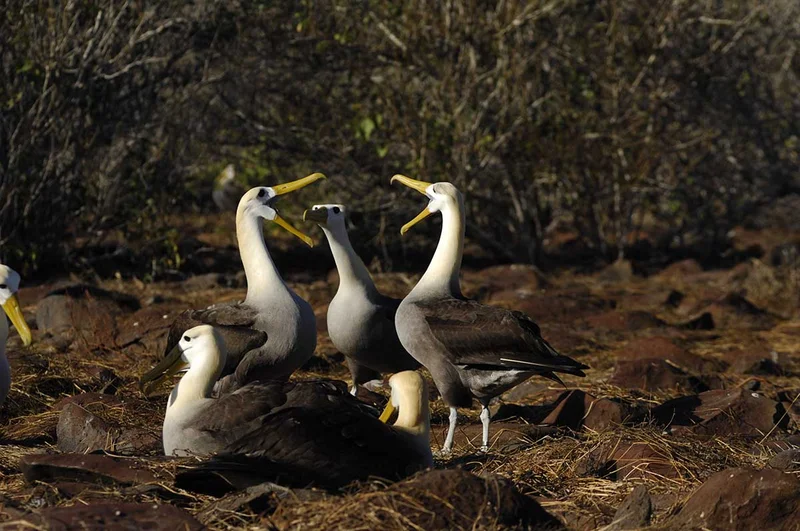
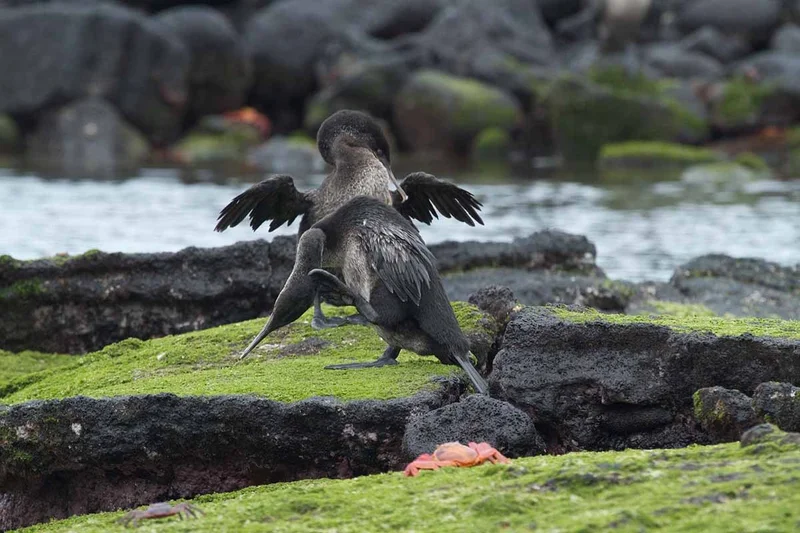
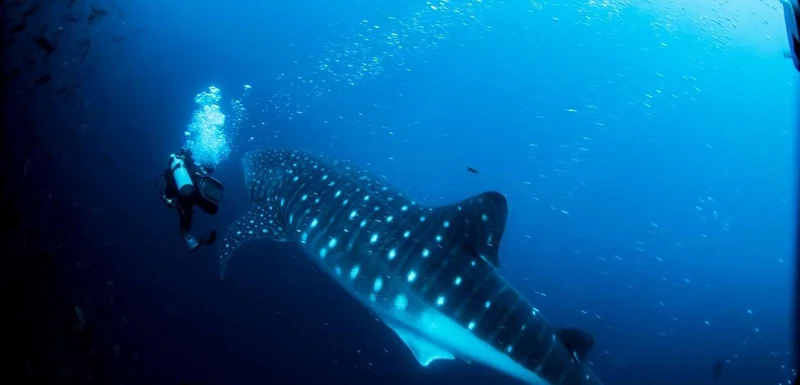
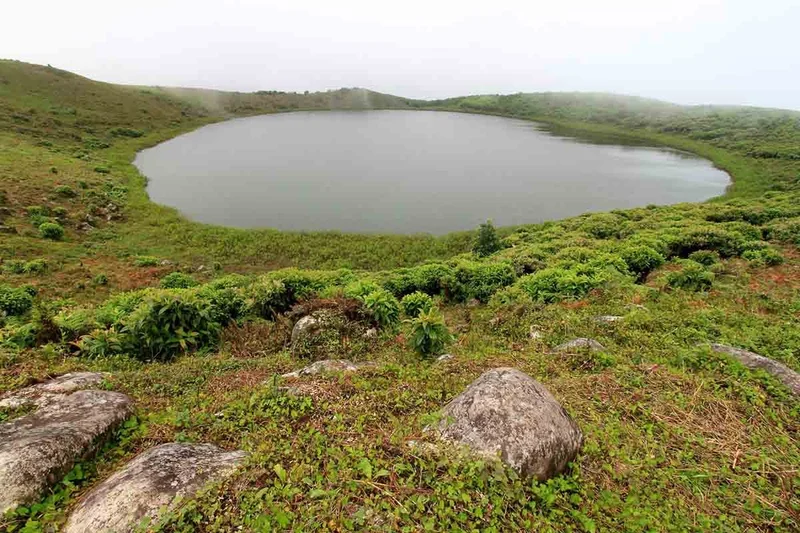
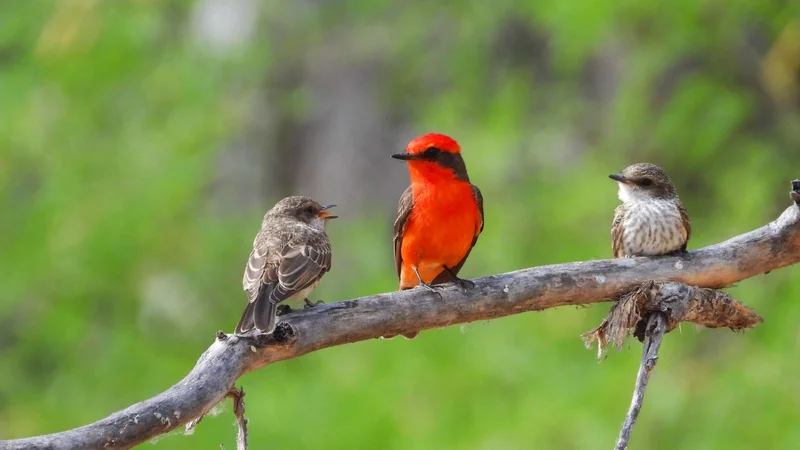
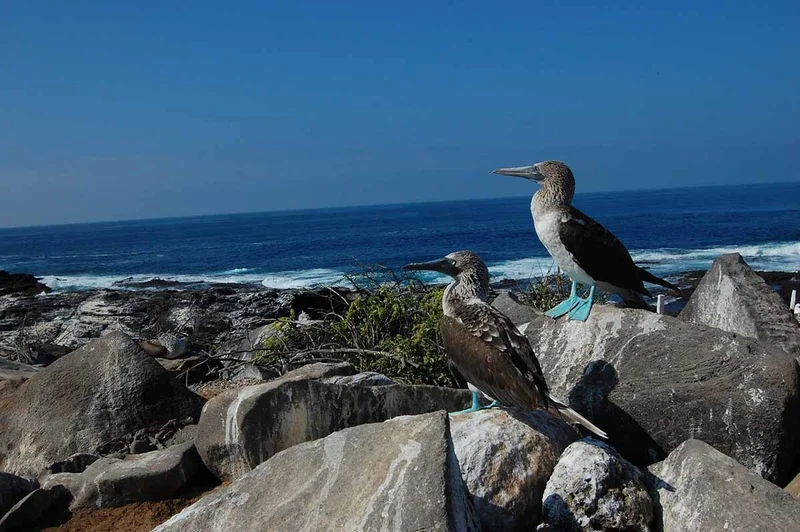
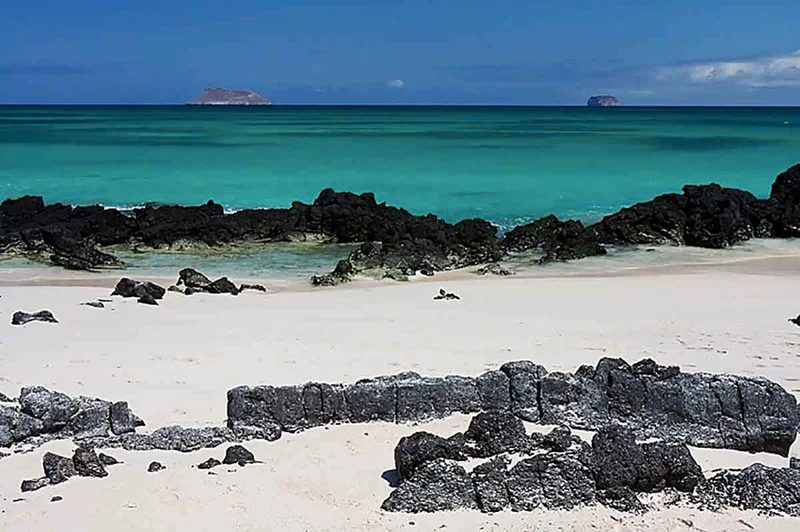
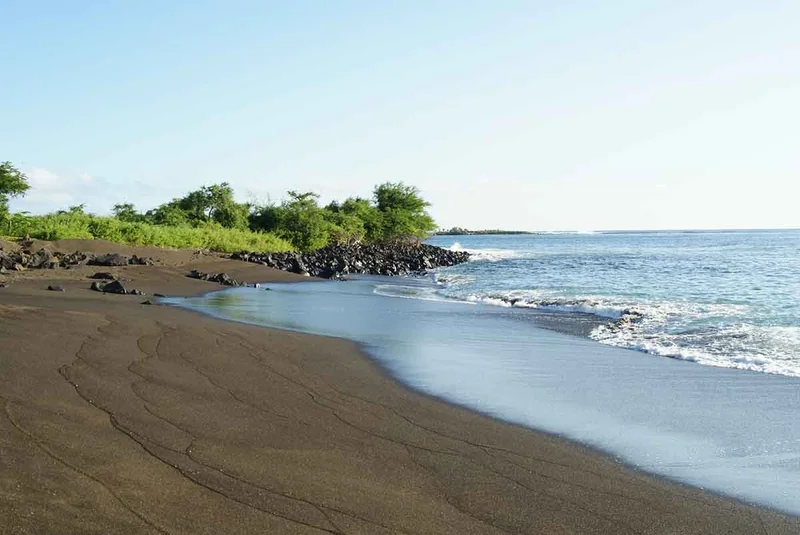
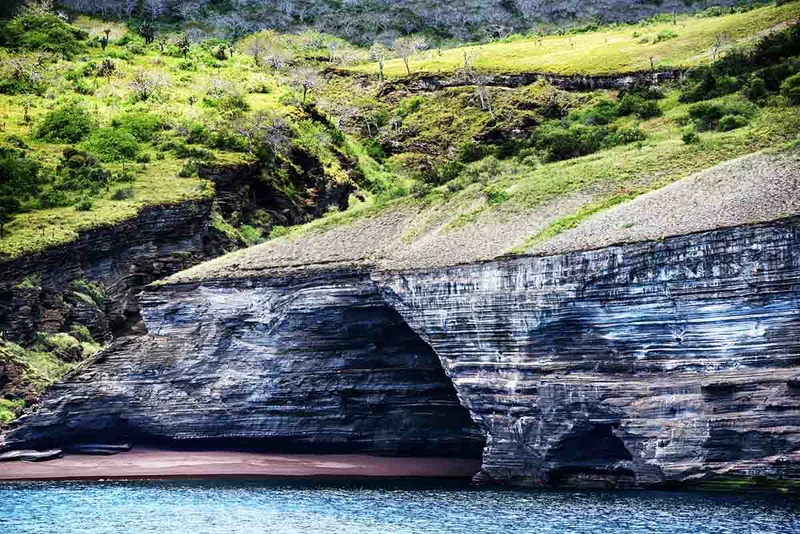
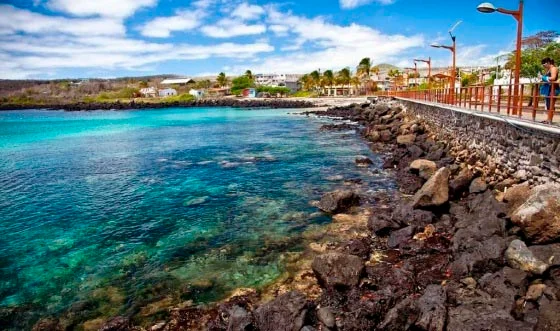
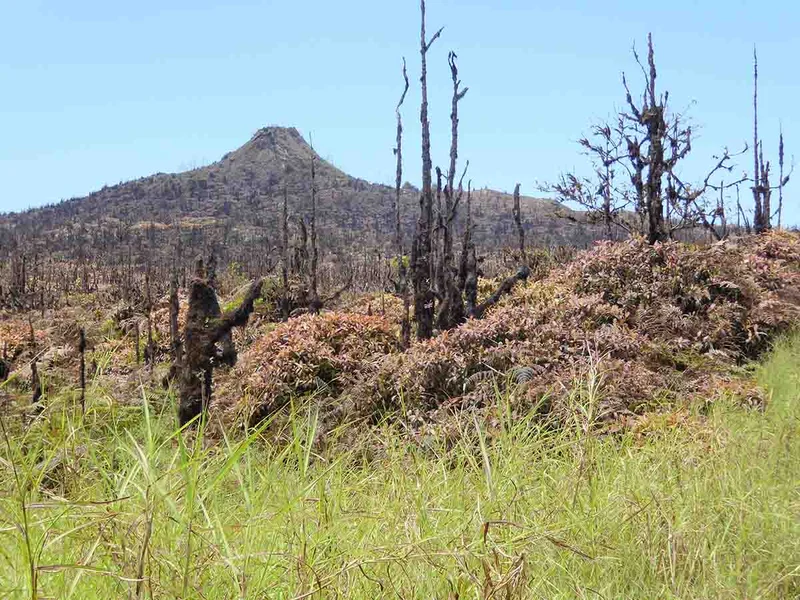
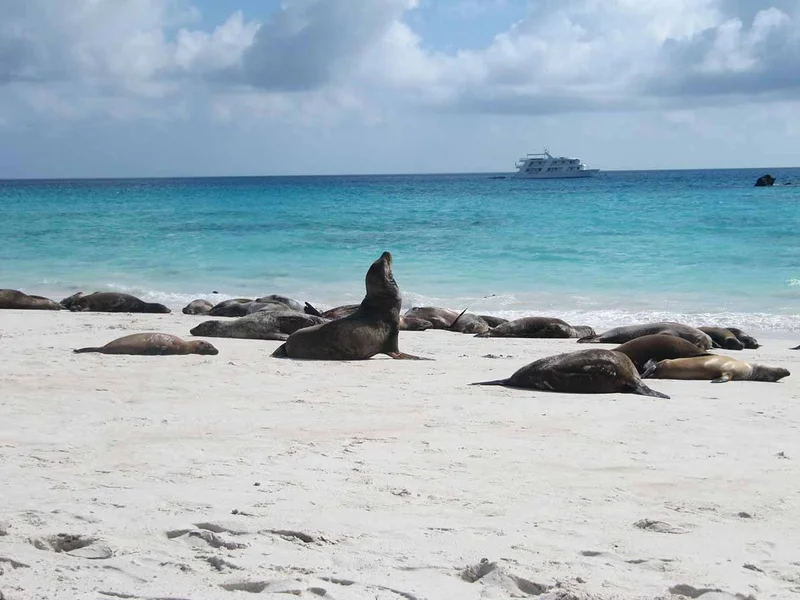
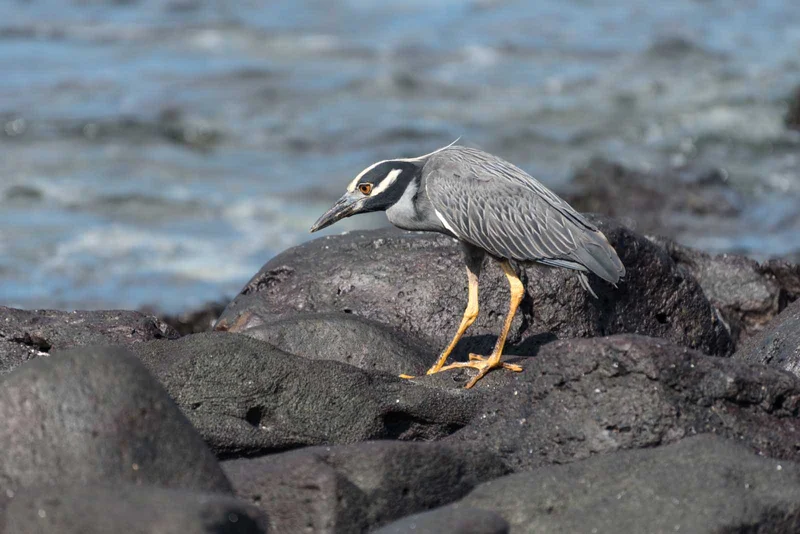
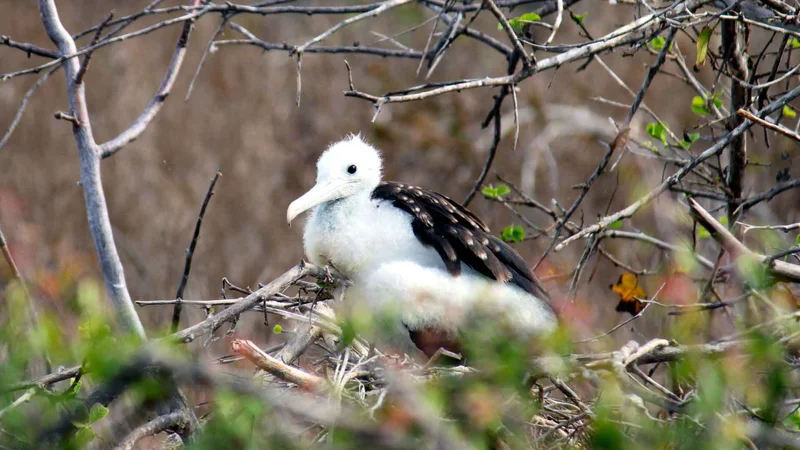
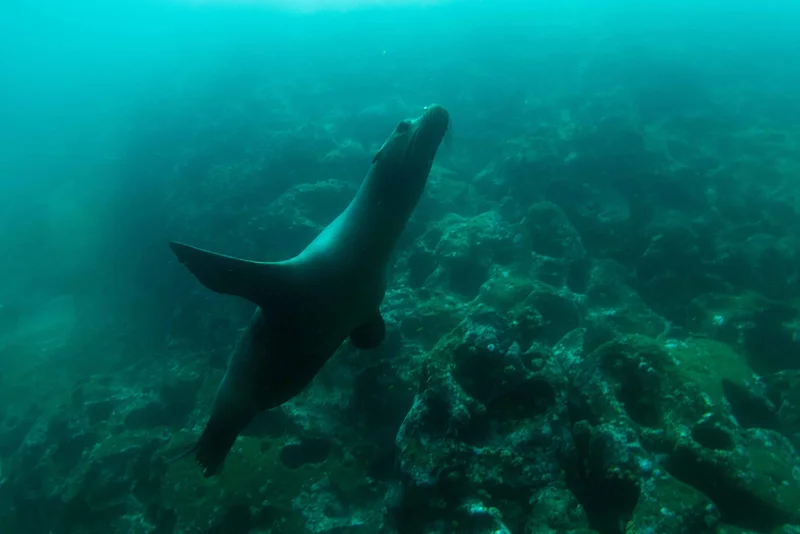
8 Day Galapagos Itinerary Highlights
- Discover seabird colonies at Genovesa Island’s El Barranco and Darwin Bay.
- Hike Bartolome Island’s volcanic summit and snorkel at Santiago Island’s Sullivan Bay.
- Explore San Cristobal’s Cerro Brujo and snorkel among sea lions at Lobos Island.
- Snorkel at Floreana Island’s Devil’s Crown and learn about giant tortoise conservation at Charles Darwin Station.
- See blue-footed boobies and frigatebirds on North Seymour Island before departing from Baltra.
Itinerary Map
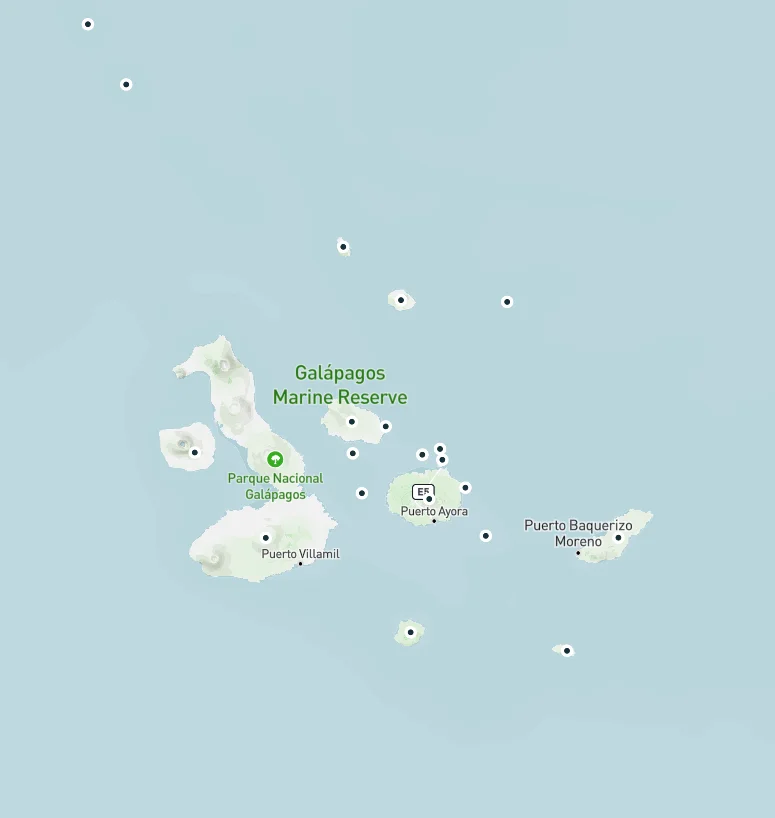
Reviews
Animals you might see on this itinerary:
More information about the Galapagos Islands you visit in this 8 day itinerary:
Why travel with us?
Similar Itineraries
